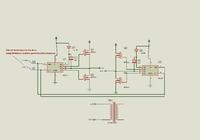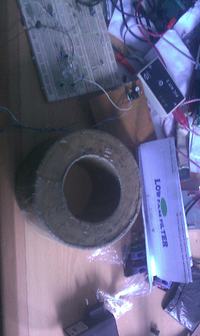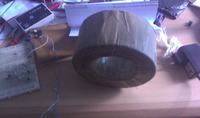babatundeawe
Full Member level 5
hi guys, please i am preapring to build an inverter for home use and i wish i can use the hbridge drive but i ve got some confusion.
1. can i use it to drive a center tapped transformer
2. will it work properly at low frequency of 50hz?
i intend using ir2110 halfbridge in full bridge mode.
thanks for your help.
1. can i use it to drive a center tapped transformer
2. will it work properly at low frequency of 50hz?
i intend using ir2110 halfbridge in full bridge mode.
thanks for your help.


